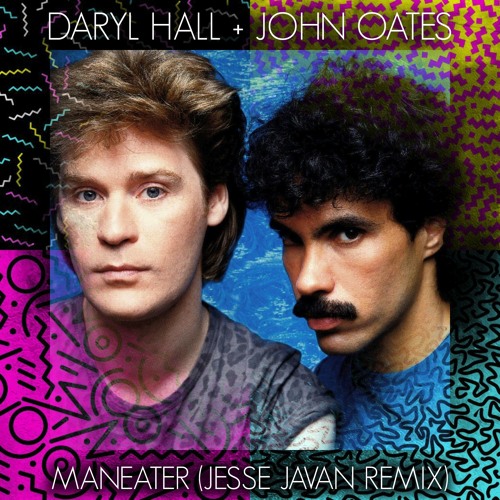About the Song:
When it comes to standards, “Night and Day” stands second only to “Star Dust”. MM Cole Porter, whose name is “almost a generic term for witty show songs,” LW wrote what has been called “one of the greatest love ballads ever written” NPR for the Broadway musical Gay Divorce. The song builds the melody by repeating the first note 32 times, followed by another 16 notes repeated at a half tone higher, followed by a return to the original note for another 16 beats. LW Porter has claimed the song was inspired by Moroccan Muslim calls to prayer; TY supposedly while visiting North Africa, he heard a priest wailing to his followers from the local mosque. LW
Fred Astaire and Claire Luce sang it in the show and then for the 1934 film version Astaire reprised the number, singing and dancing with Ginger Rogers. JA Astaire’s recording of the song with Leo Reisman’s Orchestra was the first and most successful of seven charting versions between 1932 and 1946. PM It was the biggest hit of 1932. WHC
Astaire was a popular choice for Tin Pan Alley songs, not just because he could deliver the box office goods, but because he sang songs as they were written. LW The song has also “held a strong position across the board in jazz” MM with wildly versatile versions by Benny Goodman (big band), Dave Brubeck (piano), Stan Getz (saxophone), and Django Reinhardt (guitar). MM Bing Crosby, Frank Sinatra, Doris Day, and Sammy Davis, Jr. have also recorded vocal versions. MM One of the most interesting covers, though, was the version U2 did for the Cole Porter tribute album Red Hot + Blue. Nearly sixty years after the song first charted, this Irish rock band took the Tin Pan Alley classic to #2 on the modern rock tracks chart and #34 on the album rock tracks chart.
Resources:
Related Links:





First posted 12/24/2011; last updated 11/24/2022.
|








